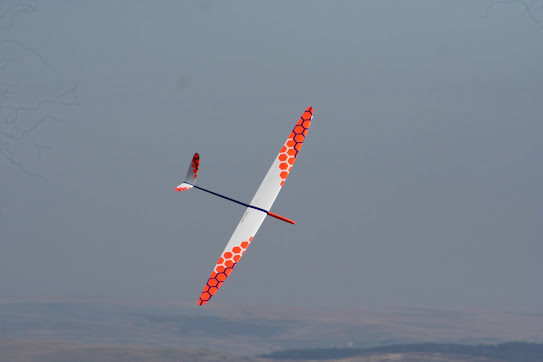There are now probably
more competitive soaring classes than at any time and more than I can think to
count. The recent exchange of views on
BARCS forum regarding F5B spurred me to actually look at the recent history of the
class that I fly in-F3F and the 20 years that my own racing spans seems a
reasonable time span.
As it helps my own
mind I drew a picture. BMFA summer
league only.
To define a few terms-
·
BMFA summer league only.
·
Competitors- are the list
of different pilots per year regardless of how many races.
·
A new competitor- a name I
couldn’t find on the list of pilots to date each year.
·
Events, generally 1+ the
number of races that the league is based on.
I know there was a 1 day/ 2 day event thing or a couple of years but it’s
dam close.
·
Since 2002 I found 183
different pilot’s names have been listed.
One of the most
interesting numbers I think is the number of new competitors each year. Although there is undoubtedly a hard core of
competitors, life happens and even these guys move away eventually, they may
also come back again a few years later. My
own experience is that flying performance is inversely related to the time
spent bringing up kids. To even maintain the numbers and freshen up the
competition, new blood is needed.
The number of new
pilots each year were at their highest between 2007-2012. These years coincide with 2 external factors
- The
noughties were the decade where EPP 60 inch racing took place. Introducing pilots to racing, race
weekends and F3F race models.
- This
years also had a large amount of written press coverage, when we bought
magazines these would often as not have articles about racing, new models and
some chat.
As I reviewed the
results archives the years with some of the largest numbers of new pilots
include those years when there was a proliferation of regional winter leagues-
all helping to make F3F accessible.
At this point pre
entry was introduced to make the life of competition organisers more straight
forward and a limit on race entries suggested- A different time!
Whilst I see slope
soaring as one of the purest, simplest and affordable competitive classes I
cannot avoid the fact that the price of models has increased
significantly. Taking a Pike Brio in
2005 I would expect to spend around £650.
By 2008 a Freestyler 3 was around £1,000 and now a Pike precision costs
£1700- kitted with KST servos rather than HS85s.
This is not a criticism
of Samba or any other manufacturer.
Making models is not a small undertaking and the models of today are a
step up in performance and construction.
This does not mean that
a pilot has to spend this amount of money to either have fun flying, racing or
to be competitive. But there often is an
impression that you do have to spend this kind of money. If you do not want to venture into second
hand toys new models are available at much lower cost. My own finishing positions for the last few
years have been far more limited by my thumbs than the model I have flow.
Although I have no
commercial involvement with them (and helped by this) the Harrier and Falcon
models are available for less than a Sting or Brio of 15 years ago. As is the Terra from Jonathan Wells. If you want to build something with veneered
foam wings and a glass fuselage these are also available.
For me, one huge bonus
of models such as the Terra and the Falcon is that at 100inches span they are just
fun to fly. However much you want to
race you’ll spend more time away from races then racing so you’d better enjoy
it.
The Rules for F3F have
been deliberately written to keep them simple to deliver on just about any hill
(a horizon is usually available, even in Wales). With no need for Electric winches, motors,
multiple battery packs, altimeters etc costs are quite easily controlled.
Racing is not for
everyone but if we talk about the fun of F3F to those people not involved with
it then they are likely to come and have a go.
When new pilots do turn up, make them welcome. This seems the easy part, as my experience is
that this happens already.










































